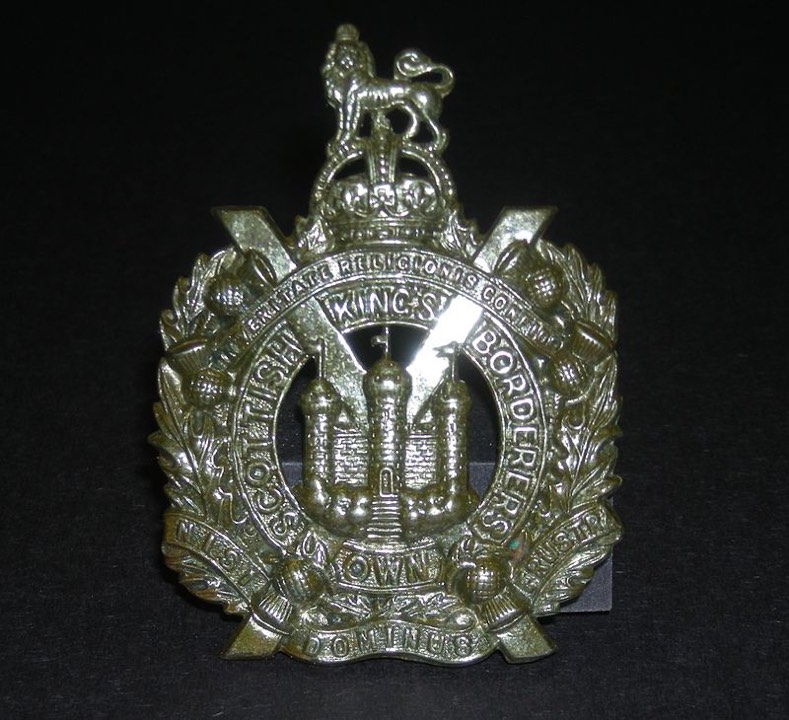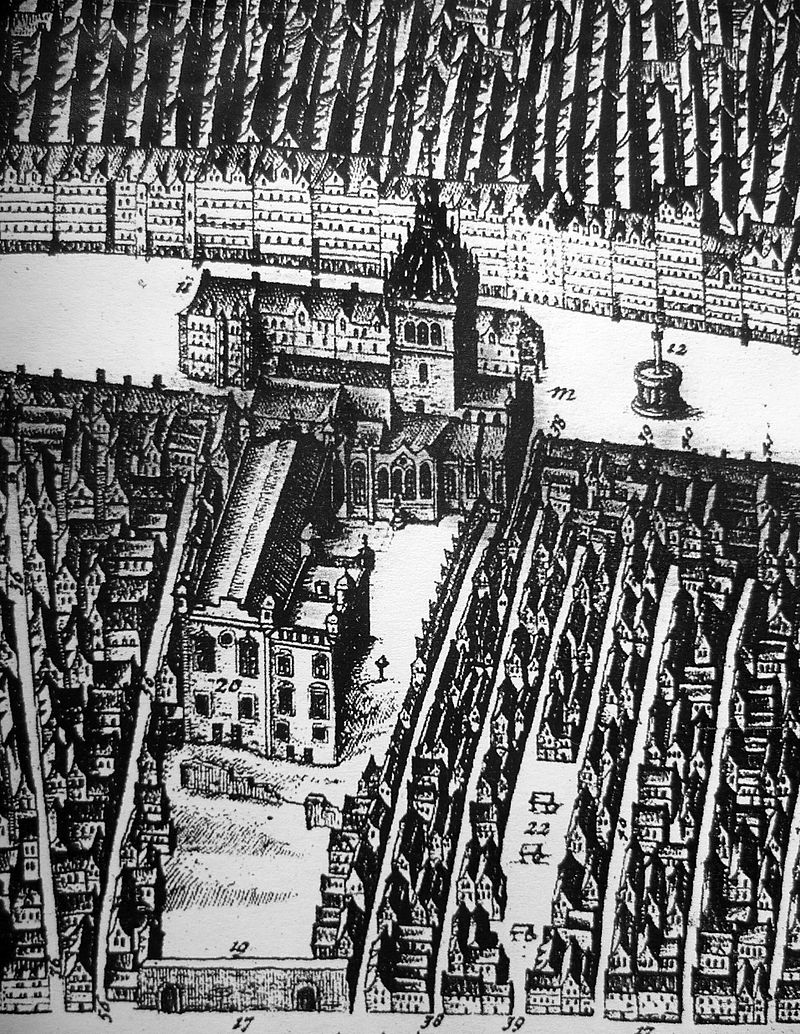- March 21, 1689
The city in Northern Ireland known as Derry by nationalists and Londonderry by unionists has a complex history, and events related to allegiance and control have been significant, particularly during periods such as the Williamite War in the late 17th century.
In the context of the Williamite War, which took place in 1689-1691, the city played a role in the conflict between supporters of the Catholic King James II and the Protestant Prince William of Orange (William III). The Siege of Derry (1688-1689) was a key event during this war.
During the siege, the predominantly Protestant population of Derry resisted the forces loyal to James II, and the city declared its allegiance to William III. The siege lasted for 105 days and ended when relief ships broke the blockade. The lifting of the siege is commemorated annually by the Apprentice Boys of Derry.
The city’s allegiance to William III was a pivotal moment in the larger context of the Williamite War and the Glorious Revolution. After the war concluded in 1691, the Treaty of Limerick was signed, marking the end of the conflict in Ireland and solidifying Protestant control over Derry and other areas.
The history and nomenclature of the city, referred to as Derry by nationalists and Londonderry by unionists, reflect the broader political and religious divisions in Northern Ireland. The naming issue remains a subject of debate and reflects the historical and cultural complexities of the region.

 ← Earl of Leven raises a Border regiment to hold Edinburgh against the Jacobites
← Earl of Leven raises a Border regiment to hold Edinburgh against the Jacobites
 Scottish Parliament declared that James VII had forfeited the Scottish throne. →
Scottish Parliament declared that James VII had forfeited the Scottish throne. →